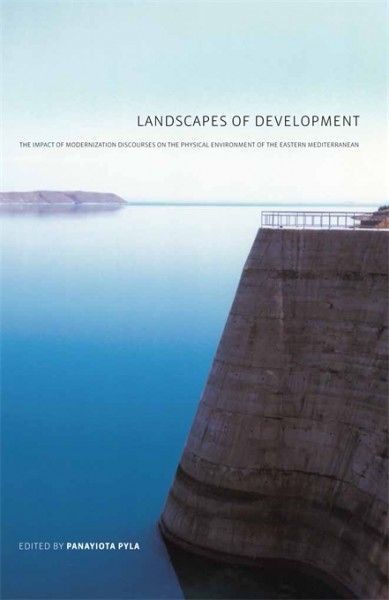Twentieth-century Istanbul was the scene for a constant dialogue between geography and urbanism. Fueled by the city's ever-changing geopolitical positioning and urban growth, this dialogue generated particular relationships between the city and its landscape and territory. Examining the urbanism of twentieth-century Istanbul through this new perspective, I will focus in this chapter on particular episodes in the evolution of Istanbul. As part of a larger investigation of the potential interaction between geography, politics, and urbanism, this essay proposes that elucidating underexplored interactions among qualities that are typically understood to be unrelated or external to Istanbul's urbanism allows for an alternative reading of urban history, one that takes geographies, territories, and infrastructures into account, rather than merely focusing on edifices (buildings and monuments etc.) and their urban surroundings. I address here three spatial elements and scrutinize their transformation: the strait, the beach, and the highway. As the “modern nation building" project and national territoriality of the 1930s transformed into “modernization," “development" and “modern city building" projects in the 1950s, the essay portrays the transition from a territorial to an infrastructural understanding of urban landscape.
Rather than interpreting the idea of context as a passive backdrop of the immediate urban surrounding or merely an automatic sociopolitical consequence, the chapter portrays context as geographic: an active and synthetic framework that situates urban artifacts in their geopolitical, territorial and infrastructural setting. This framework is important both in terms of understanding histories as well as projecting new futures for urbanism.
